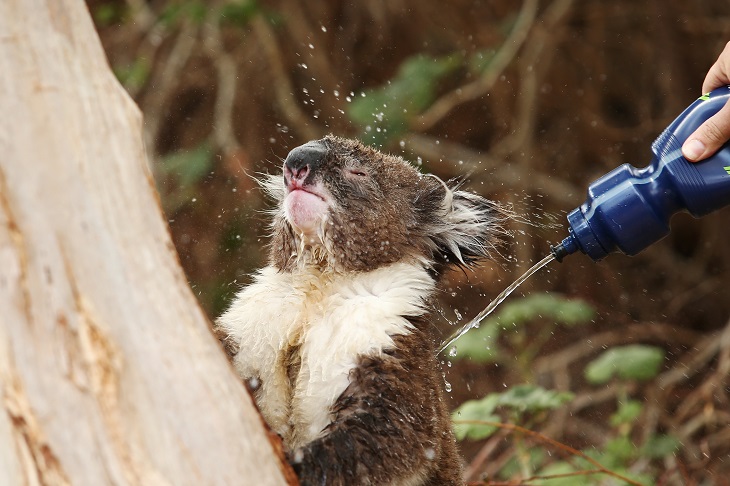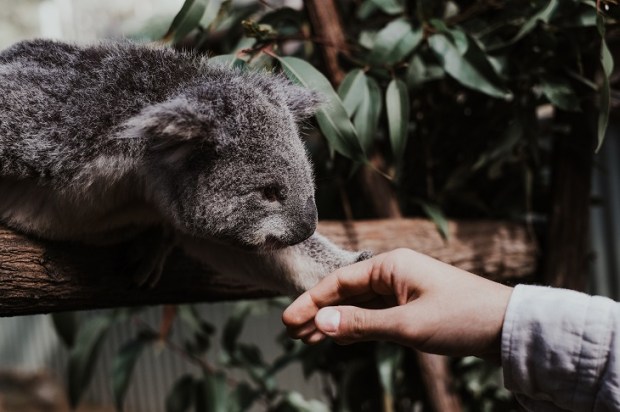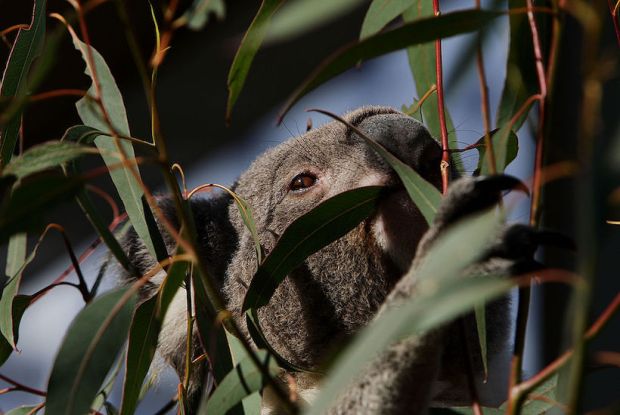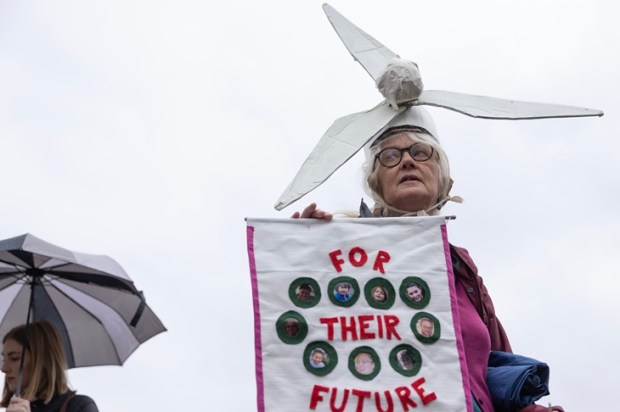The Long March has reached its destination. Our world is governed by mass hysteria and Australia’s a world leader. There’s the Climate Crisis, the climate-driven Bushfire Crisis, the Reef Crisis and – it’s finally official – a Koala Crisis.
The Environment Minister has listed koalas with postcodes in the 2000s or 4000s as an endangered species. The same species with postcodes in the 3000s or 5000s are not officially endangered because everyone knows there’s plenty of them. Supposedly because they’re inbred, with limited genetic diversity.
Minister Ley has this on good authority – our Threatened Species Scientific Committee (TSSC). TSSC, in turn, were informed by our leading koala experts. These scientists are so confident in their abilities that they didn’t need any empirical data to make their assessment. In their own words: ‘A quantitative, scientific method for deriving estimates of koala populations and trends was possible, in the absence of empirical data on abundances.’
An ‘elicitation specialist’ helped the experts make up the numbers using ‘a modified version of the Delphi process’. I assume the process is named after the famous Oracle. These quotes aren’t from Monty Python, they’re from Diversity and Distributions – A Journal of Conservation Biogeography.
Their numbers are wrong. I pointed this out in Ecological history of the koala and implications for management, published in CSIRO’s Wildlife Research journal. It was available to TSSC, but peer-reviewed science is seemingly irrelevant unless it gives the Scientific Committee the answer it wants.
Koalas are in absolutely no danger of extinction. There are more koalas over a much wider area than there were when Europeans arrived in Australia. They are naturally rare because they eat soft young shoots which are scarce in healthy mature forests.
Koalas have big noses and strong limbs to aid their nightly quest for edible and nutritious browse in their large ~ 100 ha home ranges containing thousands of trees. Natural, stable populations have chlamydia but no disease and they are invisible. Koalas didn’t live in the open grassy woodlands sought by explorers and pastoralists.
Strzelecki was the only explorer to see koalas. There were plagues in the ranges that now bear his name. Struggling for 26 days through 50 miles of dense young forest, he ate koalas. There were no kangaroos, emus or small game to be had in the scrub. The Yowenjerre had been decimated by smallpox in 1789. Without the firestick, scrub climbed out of deep dark gullies and covered their land. It exploded from lightning in a hot, dry summer around 1820.
European occupation from the 1830s disrupted Aboriginal management across Victoria.
The 1851 Black Thursday holocaust burnt more than 12 million acres. The ranges were also incinerated by Red Tuesday 1898, Black Friday 1939, Black Saturday 2009 and many other un-named disasters. A total of 20 megafires raged in 200 years. The Strzelecki koalas, supposedly the last natural population in Victoria, are still in unnaturally high numbers.
The northern koalas were listed as vulnerable after the Senate Environment Committee accepted that there were 10 million koalas in 1788. The evidence was that millions were shot for fur after 1888. Truth is, koala plagues followed European occupation as dense young forests grew in the hills and mature trees declined in the valleys. Declining trees continuously re-sprouted soft young shoots. Koalas irrupted in the hills, invaded the valleys and outstripped their food.
People shot starving, diseased koalas and sold their fur. But the more adults they shot, the more young survived. When leaves frizzled and trees died in the Federation Drought, koalas crashed back to natural levels.
National Parks expanded and mild burning declined in the late 20th century. People planted eucalypts for timber or amenity. Koalas irrupted again.
The valleys are now occupied by suburbia. As koalas move in, they fall prey to dogs and motor vehicles. Wild dogs and carpet pythons bred up in response to irruptions on the Koala Coast. During the Millennium Drought, dense populations at Pilliga – Gunnedah – Liverpool Plains and on the Koala Coast crashed. Overcrowded koalas in VIC and SA were translocated to die out of sight. The weakest were euthanised.
Koalas are currently breeding like rabbits on all the soft young growth after Black Summer. I showed NSW Koala Inquiry a picture of a young koala in dense scrub south of Eden where they’re supposedly extinct. I explained that lack of mild burning, koala irruptions and megafires go together. I sent them a picture of the same spot after the holocaust. Green Chair Cate Faehrmann wasn’t interested. She likes crises, they’re good for business.
Vic Jurskis is a former senior NSW Forestry Commission professional forester. In 2004 he was awarded a Fellowship by the Joseph William Gottstein Memorial Trust to investigate eucalypt decline across Australia. He has published two books, Firestick Ecology, and The Great Koala Scam, both available from Connor Court.
Got something to add? Join the discussion and comment below.
Get 10 issues for just $10
Subscribe to The Spectator Australia today for the next 10 magazine issues, plus full online access, for just $10.

























Comments
Don't miss out
Join the conversation with other Spectator Australia readers. Subscribe to leave a comment.
SUBSCRIBEAlready a subscriber? Log in